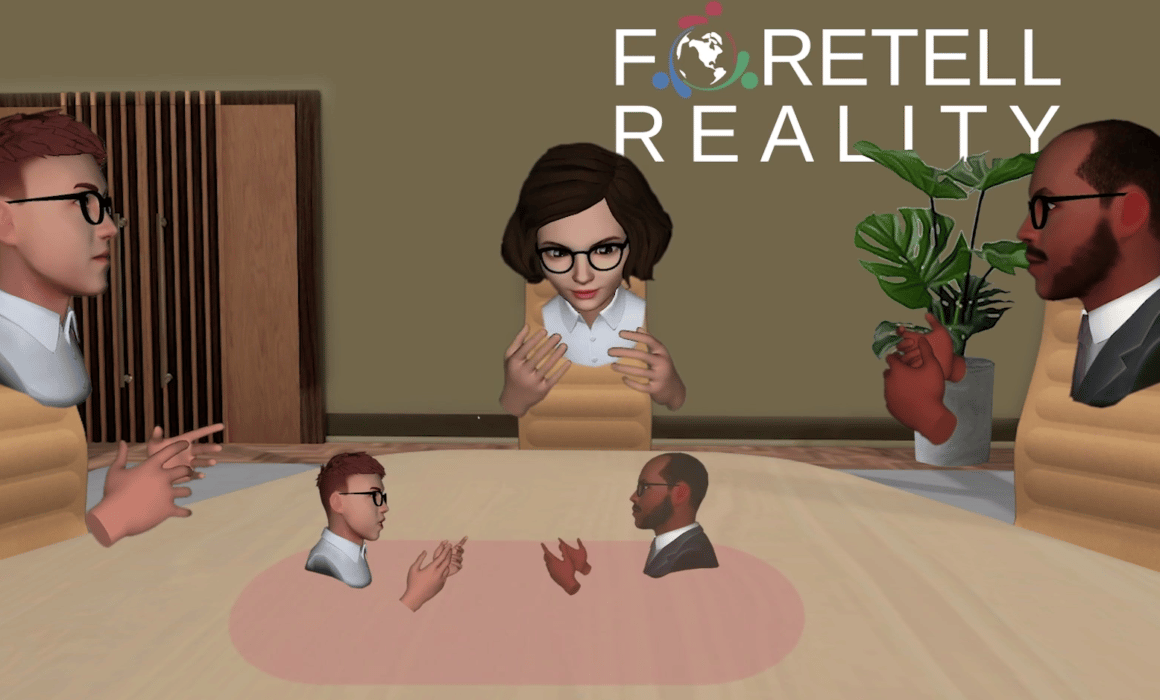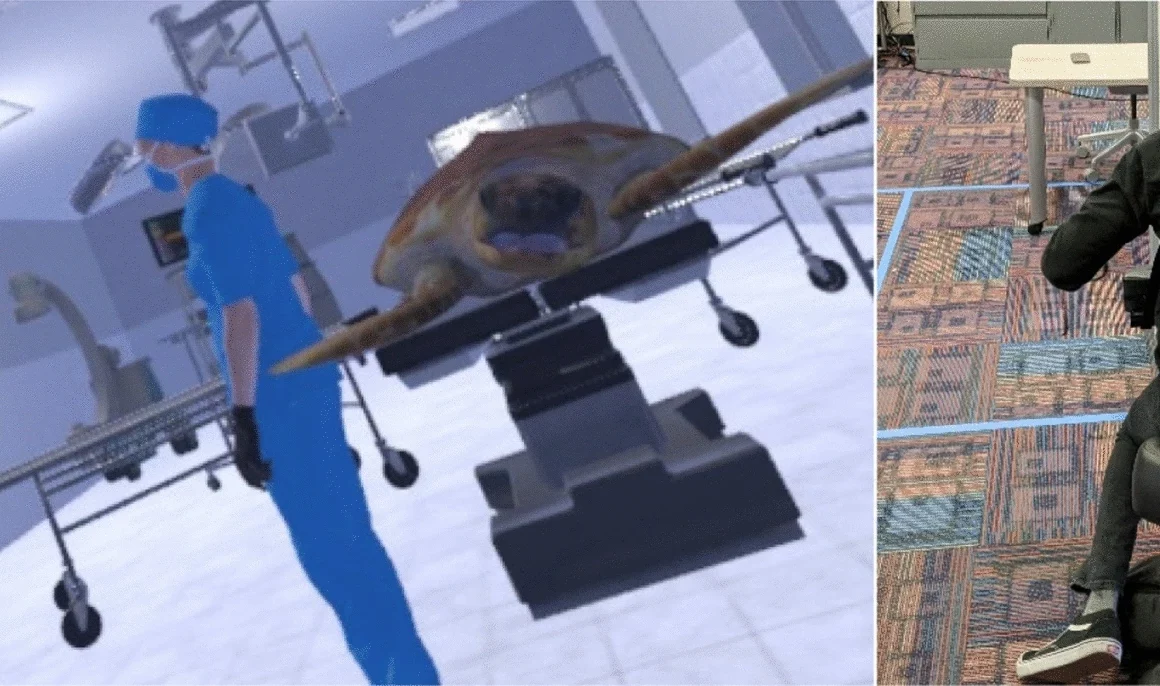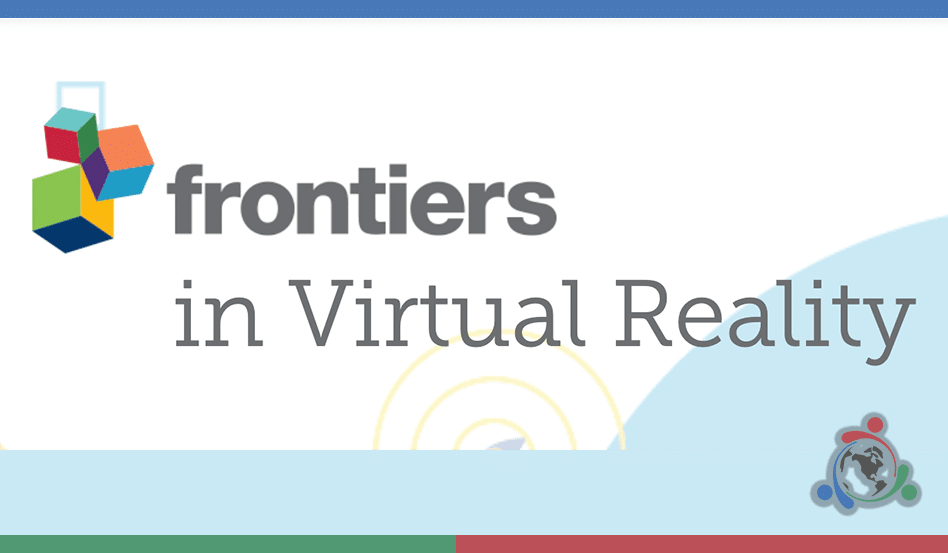Role-play is a highly effective learning method through actual practice of real-life interpersonal situations. It is a type of experiential training commonly used for professions that require high emotional intelligence and advanced soft skills for interactions, such as executives and managers on appropriate engagement with employees, colleagues, and clients, doctor-patient, teacher-student, and social-worker engagement with families and kids.
Yet, role-play simulations, which usually take place in-person, have some limitations. For example, colleagues are familiar with each other and find it difficult to pretend they are someone else; instructors cannot provide direction in real-time without interrupting the conversation; and recording interaction for later reflection and learning makes participants self-conscious and requires equipment and a cameraman.
Virtual Reality (VR) technology, on the other hand, revolutionizes role-play practice by offering features that are not possible with in-person coaching. VR makes simulations easy, realistic, immersive, and engaging. With the right implementation, Foretell Reality’s platform leverages VR exactly for that purpose, as shown in the video example.
Considering that a top reason employees cite for leaving a position is the relationship with their manager, investing in management coaching is key for retention. I designed the following role-play scenario to address a very common and high-stakes component of a manager’s job: delivering a negative performance review. From my experience of coaching managers, there is a tendency to avoid or sugar-coat negative feedback. It may feel more comfortable in the moment, but deprives the employee of the opportunity to learn and grow from the criticism. On the other hand, delivering negative feedback is understandably difficult and may lead to a highly tense dynamic. Managers should become familiar with and acquire certain techniques that make the delivery of feedback effective and receptive to the receiving employee. VR role-play is a type of realistic exposure that, if designed properly, desensitizes participants’ fear and anxiety to engage in candid discussion, thereby facilitating more productive in-person conversations.
By giving the participants background and objectives prior to the role-play on their personal virtual “tablet” I prepared them to have a realistic conversation, similar to what they experience on the job. Participants were instructed to customize their avatars and were given the option to modulate their voices, which allows them to get into another character and more easily ignore the fact that they know each other. When the role-play begins, I ”leave” the room so that it feels more realistic, but I am still able to discreetly whisper in participants’ ears to give them a nudge in a productive direction if they are stuck.
Another unique element Foretell offers is a playback “hologram” feature. Role-play sessions can be recorded and participants are given the opportunity to observe their avatar following the exercise. Rather than a coach giving feedback regarding lack of eye contact, for example, the participant actually observes her avatar avoiding direct gaze by looking down or to the side. Foretell’s software can even measure the time each participant looked at others.
Through watching the hologram recording, trainees more objectively observe their verbal and non-verbal behavior. They might be surprised to realize that they came across as rather aggressive through their hand gestures or tone of voice. Experiencing epiphanies via direct observation is more powerful than hearing feedback second-hand from a coach. Of course, the coach plays an instrumental role by helping the participant process their observations and imparting helpful guidance for the next practice round. The video in this article was edited for time, but a training session usually involves several rounds of recording, observation, and incorporation of new learnings. A full session would also include the switching of roles so that managers stand in the (virtual) shoes of the employee, thus increasing their capacity for empathy. They can understand what it feels like when feedback is indirect, vague, or too harsh.
As you watch the video, also consider the logistical hurdles that VR solves. Given the global nature of modern companies, it often isn’t feasible for an executive team or for regional managers to gather in one place for management coaching. This difficulty has been further exacerbated by the COVID-19 pandemic. And there is an evolving trend of companies offering employees a work-from-home or hybrid (remote/office) model to attract sought-after candidates. VR coaching offers a unique solution: through multi-participant VR simulations, trainees can gather in an immersive 3D space, such as a boardroom, without needing to leave their homes.


















Recent Comments